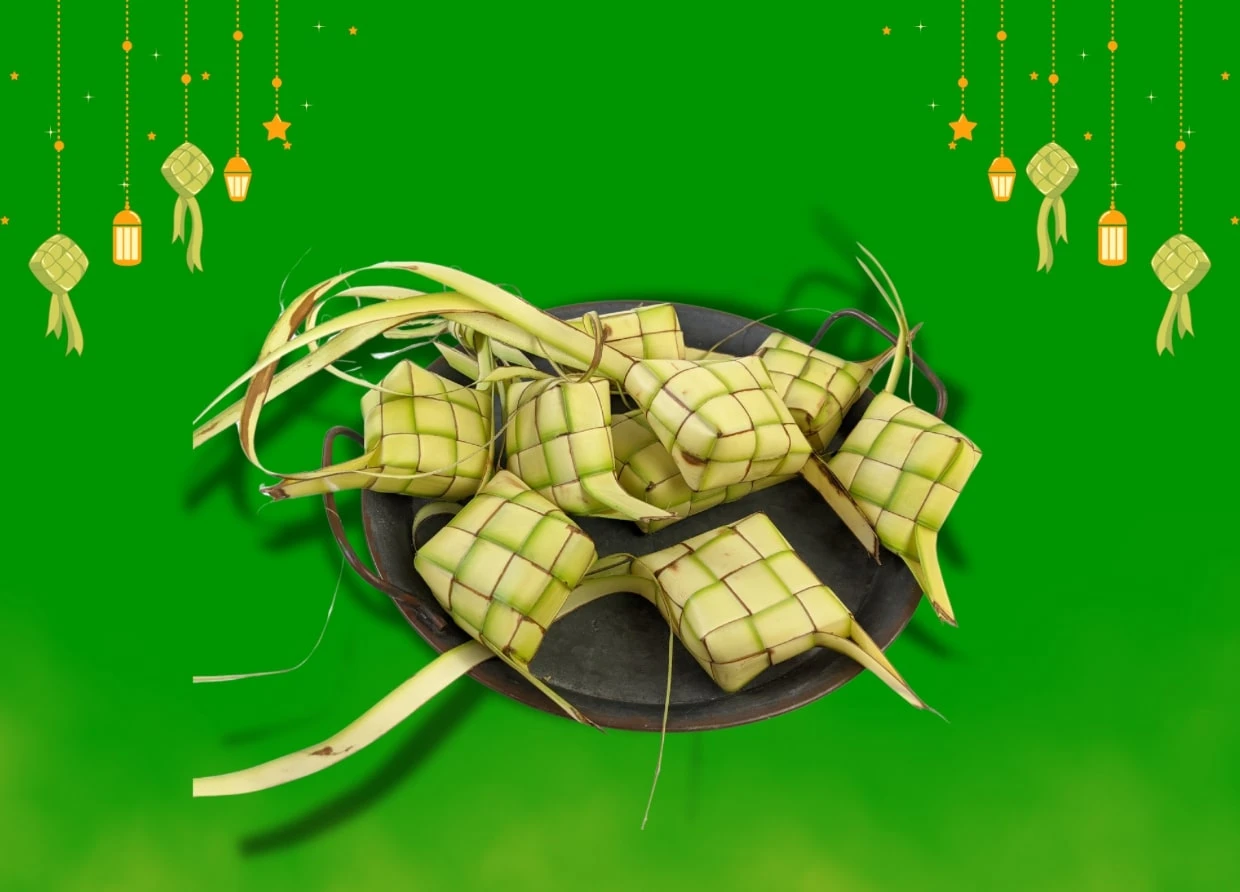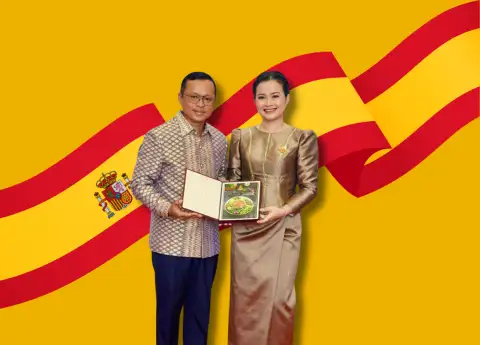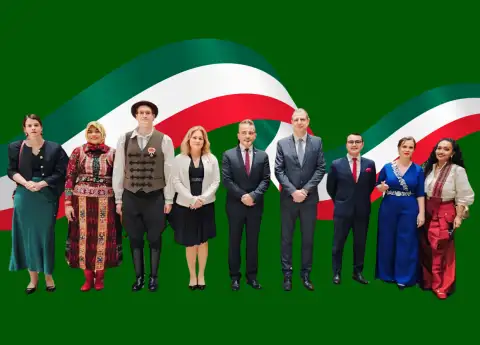THE UNTOLD STORY OF KETUPAT: A SECRET CODE OF FORGIVENESS HIDDEN IN TRADITION
Beyond the Rice and Leaves: The Hidden Messages of Forgiveness and Unity in Ketupat

Every Hari Raya, families across Indonesia and beyond gather around tables filled with festive delicacies, but one dish holds a deeper secret than most realize—Ketupat. More than just a rice dumpling wrapped in woven coconut leaves, this iconic food carries hidden messages of faith, forgiveness, and unity, dating back to the 15th century.
The Man Who Gave Ketupat Its Meaning
Behind the humble Ketupat lies the genius of Sunan Kalijaga, one of Java’s revered Wali Songo (Nine Saints), who played a crucial role in spreading Islam throughout the region. But rather than force his teachings upon the people, he chose an unexpected method—food. By introducing Ketupat as more than just a meal, he embedded powerful Islamic values into Javanese culture, ensuring that its lessons would be passed down through generations.
The name "Kupat" itself comes from the Javanese phrase “Ngaku Lepat”, meaning “to admit one’s mistakes.” Sunan Kalijaga used this symbolism to emphasize the importance of seeking forgiveness, a core theme of Eid al-Fitr. He didn’t stop there. He also established the tradition of “Bakda Kupat,” a post-Ramadan custom where families weave Ketupat, cook them, and share them with neighbors—transforming the simple dish into a living symbol of unity and reconciliation.
The Four Secrets of Ketupat
But what makes Ketupat even more fascinating is the hidden philosophy within its tradition. Sunan Kalijaga infused it with “Laku Papat”—four essential spiritual actions tied to the celebration of Eid:
- Lebaran – Opening the doors of forgiveness.
- Luberan – A reminder of generosity and abundance.
- Leburan – Mutual forgiveness, melting away past conflicts.
- Laburan – Cleansing oneself from sins, both spiritually and emotionally.
These teachings weren’t just abstract ideas—they became tangible through the act of preparing, sharing, and consuming Ketupat, allowing every bite to carry a deeper significance.
More Than a Meal—A Legacy
Through Sunan Kalijaga’s wisdom, Ketupat transformed from a simple rice dish into an everlasting symbol of Eid’s true meaning—repentance, generosity, and togetherness. Today, as we weave the leaves and savor the soft, compressed rice inside, we unknowingly carry on a tradition that has stood the test of time.
So the next time you take a bite of Ketupat, remember—it’s not just food. It’s a centuries-old message of unity and forgiveness, wrapped tightly in coconut leaves and passed down from generation to generation.
#THE S MEDIA #Media Milenial #Ketupat history #Hari Raya traditions #Sunan Kalijaga #Islamic teachings in Java #Javanese culture #Eid al-Fitr symbolism #forgiveness and unity #Bakda Kupat #Laku Papat philosophy #traditional Indonesian cuisine #cultural heritage #festive food symbolism #historical food traditions #Wali Songo influence #hidden meanings in food


























